Home>Gardening & Outdoor>Landscaping Ideas>What Kind Of Grass Is Carpet Grass
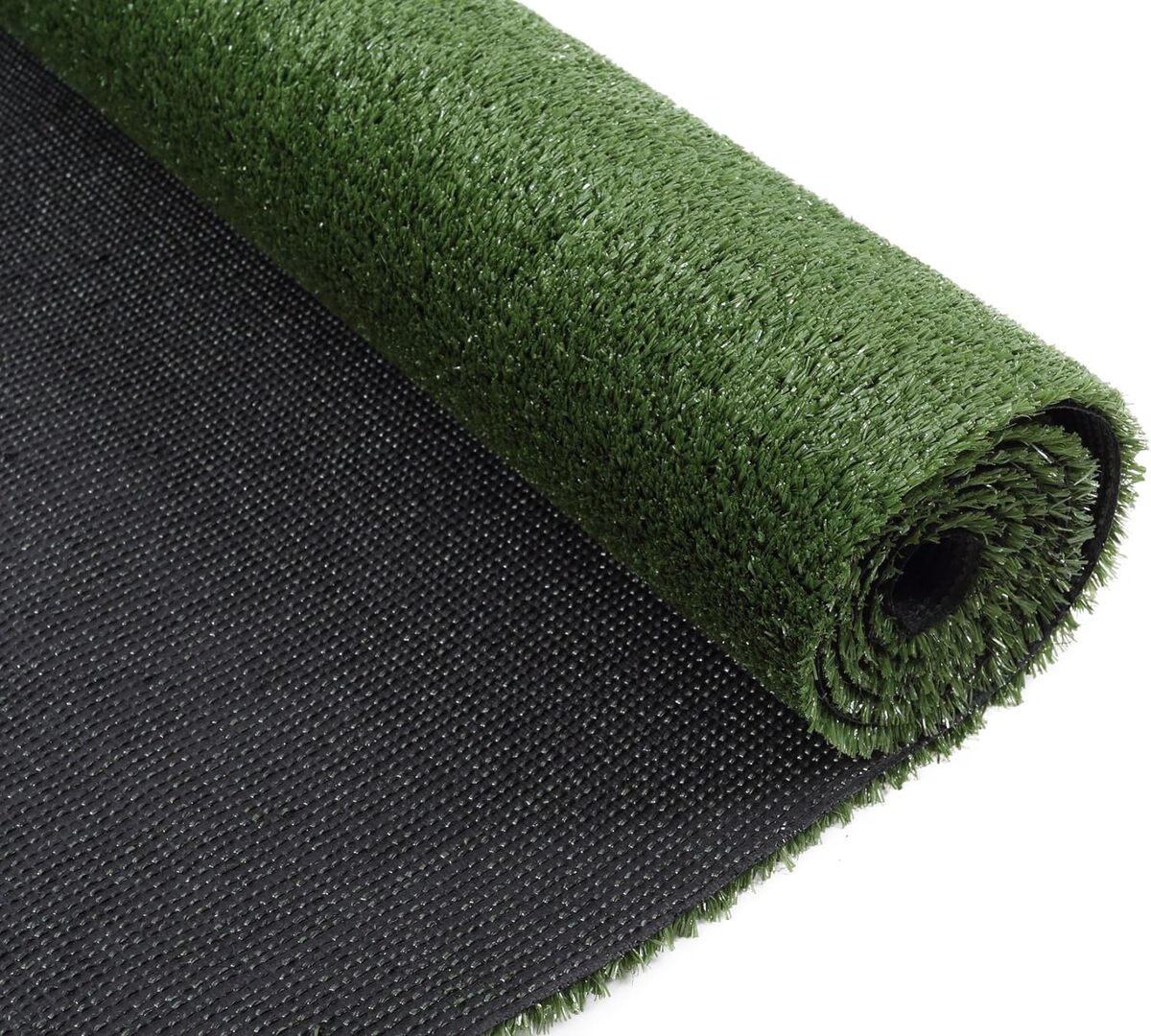

Landscaping Ideas
What Kind Of Grass Is Carpet Grass
Modified: February 18, 2024
Learn about the benefits of carpet grass for landscaping ideas. Discover its characteristics and how to care for it in your yard.
(Many of the links in this article redirect to a specific reviewed product. Your purchase of these products through affiliate links helps to generate commission for Storables.com, at no extra cost. Learn more)
Introduction
Carpet grass, scientifically known as Axonopus affinis, is a warm-season perennial grass that is popular for its low-maintenance and hardy nature. This type of grass is native to the Gulf Coast region of the United States and thrives in tropical and subtropical climates. Its ability to withstand heavy foot traffic and its adaptability to various soil types make it a favored choice for lawns, parks, and recreational areas.
Carpet grass is often chosen for its ability to create a lush, dense carpet-like cover, hence its name. Its fine texture and vibrant green color contribute to its aesthetic appeal, making it a sought-after option for landscaping projects. While it may not be as well-known as other grass varieties, such as Bermuda grass or St. Augustine grass, carpet grass offers unique advantages that cater to specific landscaping needs.
In this comprehensive guide, we will delve into the characteristics, growing conditions, maintenance requirements, and common uses of carpet grass. By understanding the intricacies of this resilient grass variety, you will gain valuable insights into how to incorporate it into your landscaping projects to achieve a vibrant and enduring outdoor space.
Key Takeaways:
- Carpet grass is a tough and low-maintenance option for lawns and parks, with its ability to thrive in shade, resist drought, and withstand foot traffic. It’s a great choice for creating lush and enduring outdoor spaces.
- Whether for erosion control, recreational areas, or roadside landscaping, carpet grass’s adaptability and resilience make it a valuable asset in landscaping. Its vibrant green color and minimal maintenance requirements make it a practical and visually appealing option for a variety of outdoor uses.
Read more: What Kind Of Grass To Plant
Characteristics of Carpet Grass
Carpet grass, known for its robust and resilient nature, boasts a unique set of characteristics that set it apart from other grass varieties. Understanding these distinctive traits is essential for anyone considering the use of carpet grass in their landscaping projects. Here are the key characteristics of carpet grass:
-
Growth Pattern: Carpet grass is a low-growing, creeping grass that forms a dense and carpet-like cover. Its growth habit allows it to spread horizontally, creating a thick and uniform turf that effectively suppresses weed growth.
-
Texture and Appearance: This grass variety is characterized by its fine texture and vibrant green color. The leaves are narrow and soft to the touch, contributing to the lush and inviting appearance of carpet grass lawns.
-
Shade Tolerance: One of the notable features of carpet grass is its ability to thrive in shaded areas where other grass species struggle. It can withstand partial shade, making it an ideal choice for lawns with trees or structures that cast shadows.
-
Drought Resistance: Carpet grass exhibits a remarkable tolerance to drought conditions, making it well-suited for regions with limited water availability. Its deep root system enables it to access moisture from the soil, allowing it to maintain its green hue even during dry spells.
-
Adaptability to Soil Types: Unlike some grass varieties that have specific soil requirements, carpet grass demonstrates a high level of adaptability to various soil types. It can thrive in sandy, loamy, or clay soils, making it a versatile option for different landscaping environments.
-
Low Maintenance: One of the most appealing characteristics of carpet grass is its minimal maintenance requirements. It has a slow growth rate, reducing the frequency of mowing, and it is relatively resistant to pests and diseases, minimizing the need for intensive care.
-
Traffic Tolerance: Due to its resilient nature, carpet grass can withstand moderate foot traffic, making it suitable for lawns, parks, and recreational areas where people gather and play.
Understanding these characteristics is crucial for making informed decisions about incorporating carpet grass into landscaping projects. Whether it's creating a lush lawn, revitalizing a park, or enhancing the visual appeal of a public space, the unique attributes of carpet grass make it a valuable asset in the realm of landscaping and outdoor design.
Growing Conditions for Carpet Grass
Carpet grass, known for its adaptability and resilience, thrives under specific growing conditions that cater to its unique requirements. Understanding these conditions is essential for successfully cultivating and maintaining a vibrant carpet grass lawn or landscape. Here are the key growing conditions for carpet grass:
Sunlight Requirements
Carpet grass flourishes in areas with ample sunlight, making it well-suited for lawns and open spaces that receive full to partial sun exposure. While it can tolerate partial shade, providing at least 4 to 6 hours of direct sunlight daily promotes healthy growth and lush turf density.
Soil Type and pH
This grass variety exhibits remarkable adaptability to different soil types, including sandy, loamy, and clay soils. However, it thrives best in well-draining soils with a slightly acidic to neutral pH range of 5.5 to 6.5. Conducting a soil test to assess the pH and nutrient levels can guide the application of amendments to create an optimal growing environment for carpet grass.
Read more: What Kind Of Grass Spreads
Watering Regimen
Establishing a consistent watering regimen is crucial for the initial establishment and ongoing health of carpet grass. While it demonstrates drought tolerance once established, regular watering is essential during the germination phase and in periods of prolonged dryness. Deep, infrequent watering encourages the development of a robust root system, promoting resilience to drought conditions.
Temperature and Climate
Carpet grass thrives in warm-season climates and is well-suited for regions with tropical and subtropical weather patterns. It exhibits optimal growth when temperatures range between 80 to 95 degrees Fahrenheit, making it an ideal choice for areas with long, hot summers. In cooler climates, carpet grass may experience dormancy but can rebound during warmer seasons.
Planting and Establishment
When planting carpet grass, it is essential to prepare the soil by removing debris, tilling the area, and incorporating organic matter to enhance soil structure and fertility. Seeding or sodding during the late spring or early summer allows for optimal germination and establishment, as the warm soil temperatures promote rapid growth and coverage.
By adhering to these growing conditions, landscapers and homeowners can create an environment that fosters the healthy development of carpet grass, resulting in a lush and resilient turf that enhances the visual appeal of outdoor spaces. Whether used for lawns, parks, or recreational areas, carpet grass thrives when provided with the appropriate growing conditions, contributing to vibrant and enduring landscapes.
Maintenance and Care for Carpet Grass
Maintaining a vibrant and healthy carpet grass lawn involves adhering to a consistent care regimen that caters to its unique characteristics and growth patterns. By implementing proper maintenance practices, landscapers and homeowners can ensure the longevity and visual appeal of their carpet grass landscapes. Here are essential maintenance and care guidelines for carpet grass:
Read more: What Kind Of Grass Is Sod
Mowing and Trimming
Due to its low-growing nature, carpet grass requires infrequent mowing compared to other grass varieties. Mowing at a height of 1.5 to 2 inches helps maintain the dense and uniform appearance of the turf. It is crucial to avoid cutting the grass too short, as this can hinder its ability to withstand foot traffic and compete with weeds. Trimming the edges along walkways and borders contributes to a neat and well-defined lawn aesthetic.
Fertilization
Applying a balanced fertilizer with a nitrogen-phosphorus-potassium (N-P-K) ratio of 3-1-2 or 4-1-2 every 6 to 8 weeks during the growing season promotes healthy growth and vibrant color. Slow-release fertilizers are recommended to prevent rapid flushes of growth and minimize the risk of nutrient leaching. Conducting a soil test can provide insights into specific nutrient deficiencies, guiding the targeted application of fertilizers to address the grass's needs effectively.
Watering Practices
Establishing a consistent watering schedule is crucial for the overall health and resilience of carpet grass. While it exhibits drought tolerance, providing approximately 1 inch of water per week during dry periods supports optimal growth and minimizes stress. Watering in the early morning allows for efficient absorption and reduces the risk of fungal diseases associated with prolonged moisture on the grass blades.
Weed Control
Maintaining a dense carpet grass turf is an effective natural weed deterrent. However, periodic inspection and manual removal of weeds, especially during the establishment phase, contribute to the grass's unhindered growth. Applying pre-emergent herbicides in early spring can prevent weed seeds from germinating, further preserving the integrity of the carpet grass lawn.
Read more: What Kind Of Grass Is Wimbledon
Pest and Disease Management
Carpet grass exhibits resistance to many common pests and diseases, reducing the need for extensive chemical treatments. However, monitoring for signs of pest infestations, such as chinch bugs or armyworms, and addressing any disease symptoms promptly is essential for preserving the grass's health. Utilizing integrated pest management practices, such as promoting beneficial insects and maintaining proper soil fertility, contributes to a balanced and resilient ecosystem.
Aeration and Dethatching
Periodic aeration and dethatching help alleviate soil compaction and promote air, water, and nutrient penetration to the grass roots. Conducting these practices during the growing season enhances the grass's vigor and resilience, ensuring optimal coverage and density.
By integrating these maintenance and care practices into the overall lawn care routine, carpet grass landscapes can thrive and endure, providing lush and inviting outdoor spaces for recreational activities, leisure, and aesthetic enjoyment. Adhering to these guidelines fosters the long-term health and visual appeal of carpet grass, making it a valuable asset in landscaping and outdoor design.
Common Uses for Carpet Grass
Carpet grass, with its resilient nature and unique characteristics, serves a variety of practical and aesthetic purposes in landscaping and outdoor design. Its adaptability to different growing conditions and minimal maintenance requirements make it a versatile choice for various applications. Here are the common uses for carpet grass:
-
Lawn Cover and Landscaping: Carpet grass is often utilized as a primary lawn cover in residential and commercial landscapes. Its ability to form a dense and uniform turf makes it an ideal choice for creating lush and inviting lawns. Whether used in small backyard settings or expansive public parks, carpet grass contributes to a vibrant and visually appealing outdoor environment.
-
Erosion Control: Due to its creeping growth habit and dense mat-forming nature, carpet grass is employed for erosion control on slopes and embankments. Its extensive root system helps stabilize soil, preventing erosion and promoting environmental conservation in areas prone to soil displacement.
-
Recreational Areas: Carpet grass is commonly used in recreational areas such as playgrounds, community parks, and sports fields. Its ability to withstand moderate foot traffic and rapid recovery from wear and tear makes it an excellent choice for creating safe and resilient play surfaces for children and outdoor sports activities.
-
Golf Course Roughs: In golf course design, carpet grass is often utilized in rough areas due to its ability to thrive in partially shaded regions and its low-maintenance nature. It provides a natural and visually appealing transition between fairways and wooded areas, enhancing the aesthetic appeal of the course.
-
Soil Stabilization: In construction and landscaping projects, carpet grass is employed for soil stabilization in areas where temporary ground cover is needed. Its rapid growth and ability to establish a dense turf quickly make it an effective solution for preventing soil erosion and promoting vegetation growth in disturbed areas.
-
Livestock Grazing: In agricultural settings, carpet grass is utilized for grazing livestock due to its high tolerance to heavy grazing pressure and its ability to thrive in diverse soil types. It provides a nutritious forage option for livestock while contributing to soil conservation and land management practices.
-
Roadside Landscaping: Along highways and roadways, carpet grass is used for roadside landscaping due to its ability to withstand environmental stressors and its low water and maintenance requirements. It contributes to the beautification of roadside areas while offering erosion control benefits.
By understanding the diverse uses of carpet grass, landscapers and outdoor enthusiasts can leverage its unique attributes to enhance the functionality and visual appeal of various outdoor spaces. Whether it's creating resilient lawns, promoting environmental sustainability, or providing safe recreational surfaces, carpet grass proves to be a valuable asset in the realm of landscaping and outdoor design.
Conclusion
In conclusion, carpet grass stands out as a resilient and versatile grass variety that offers a myriad of benefits for landscaping and outdoor design. Its unique characteristics, including low maintenance requirements, shade tolerance, and adaptability to various soil types, make it a valuable asset for creating vibrant and enduring outdoor spaces.
With its ability to form a dense and uniform turf, carpet grass serves as an ideal choice for lawns, parks, recreational areas, and erosion control projects. Its lush and inviting appearance, coupled with its capacity to withstand moderate foot traffic, positions it as a practical and visually appealing option for a wide range of applications.
The growing conditions and maintenance guidelines outlined in this guide provide valuable insights for cultivating and caring for carpet grass, ensuring its long-term health and vitality. By adhering to proper watering, fertilization, and mowing practices, landscapers and homeowners can harness the full potential of carpet grass, creating resilient and aesthetically pleasing landscapes.
Furthermore, the diverse uses of carpet grass, including its application in recreational areas, golf course roughs, and roadside landscaping, underscore its versatility and adaptability to varying environmental settings. Whether it's promoting soil stabilization, providing forage for livestock, or enhancing the visual appeal of public spaces, carpet grass proves to be a multifaceted and valuable component of outdoor environments.
In essence, the enduring appeal and practical advantages of carpet grass make it a compelling choice for landscaping projects, offering a balance of functionality, aesthetics, and environmental benefits. By integrating carpet grass into outdoor design endeavors, landscapers and outdoor enthusiasts can create sustainable, visually captivating, and resilient landscapes that enrich the quality of outdoor living spaces.
Frequently Asked Questions about What Kind Of Grass Is Carpet Grass
Was this page helpful?
At Storables.com, we guarantee accurate and reliable information. Our content, validated by Expert Board Contributors, is crafted following stringent Editorial Policies. We're committed to providing you with well-researched, expert-backed insights for all your informational needs.
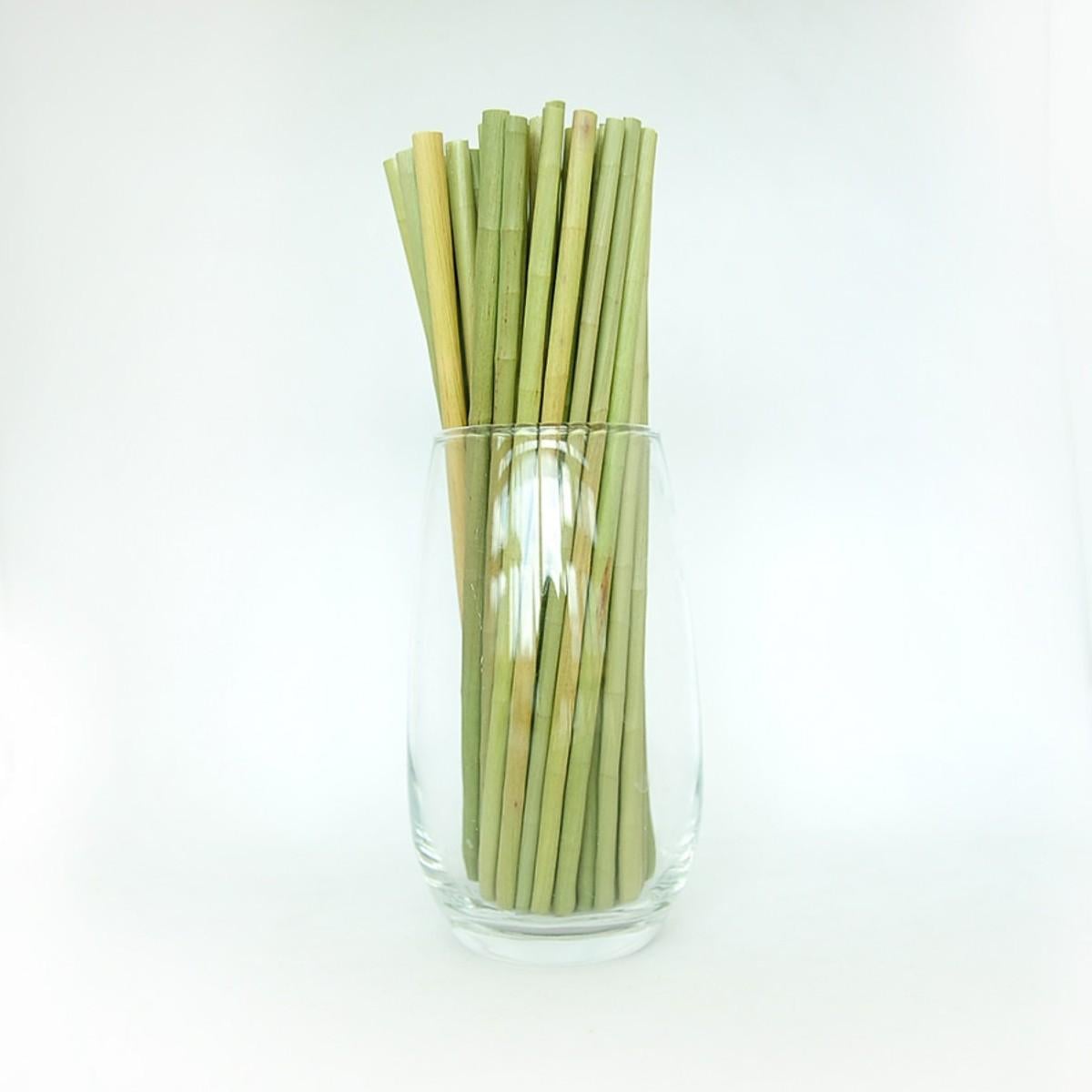
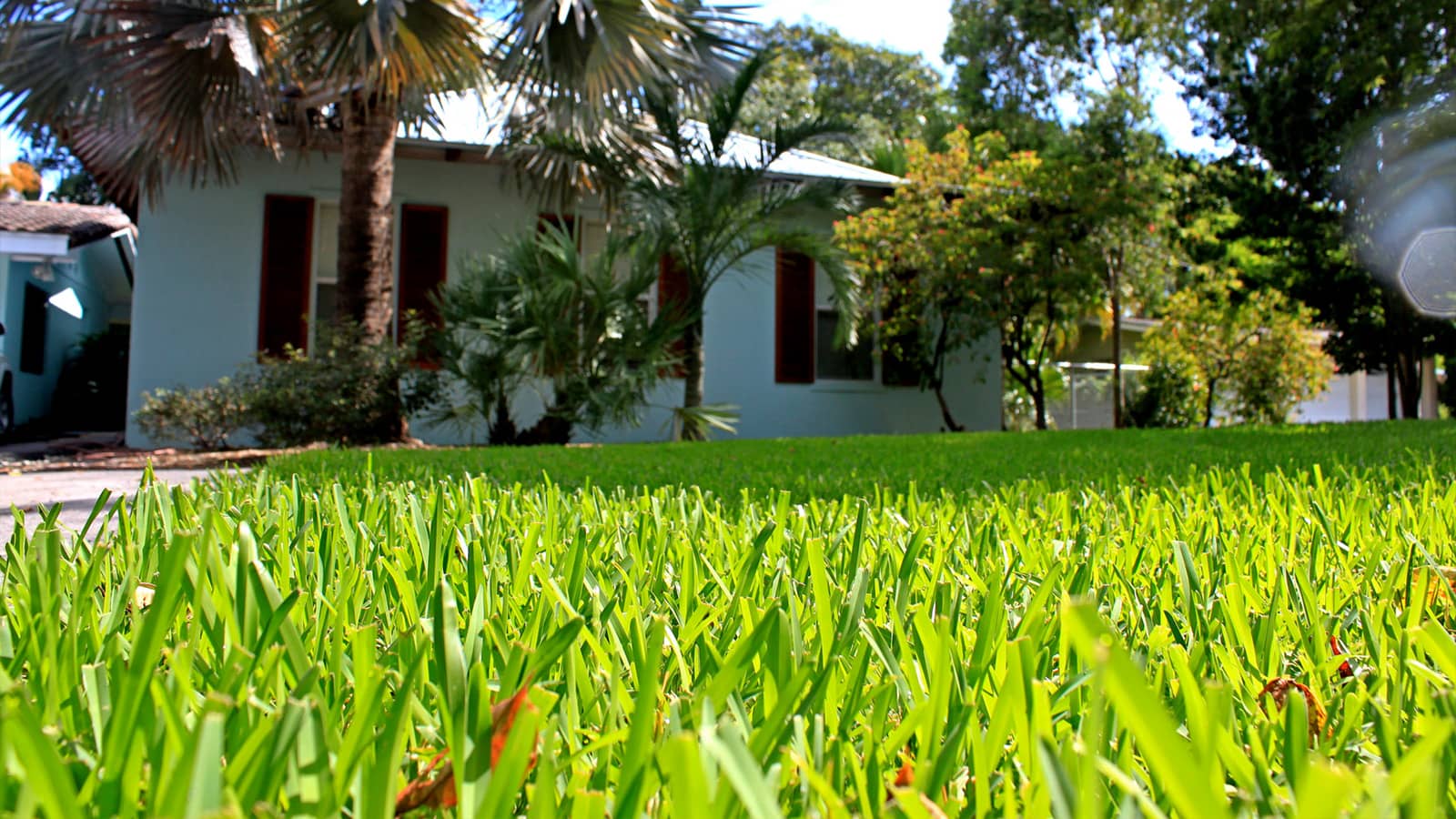
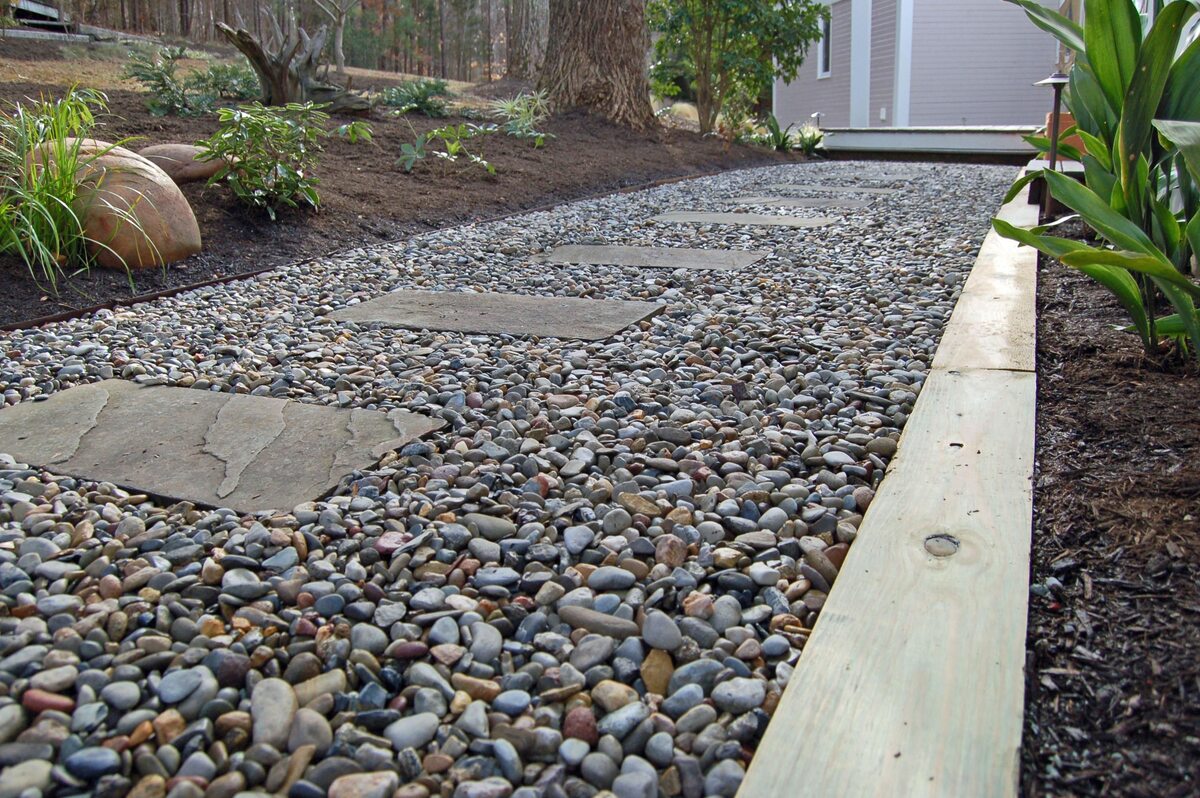
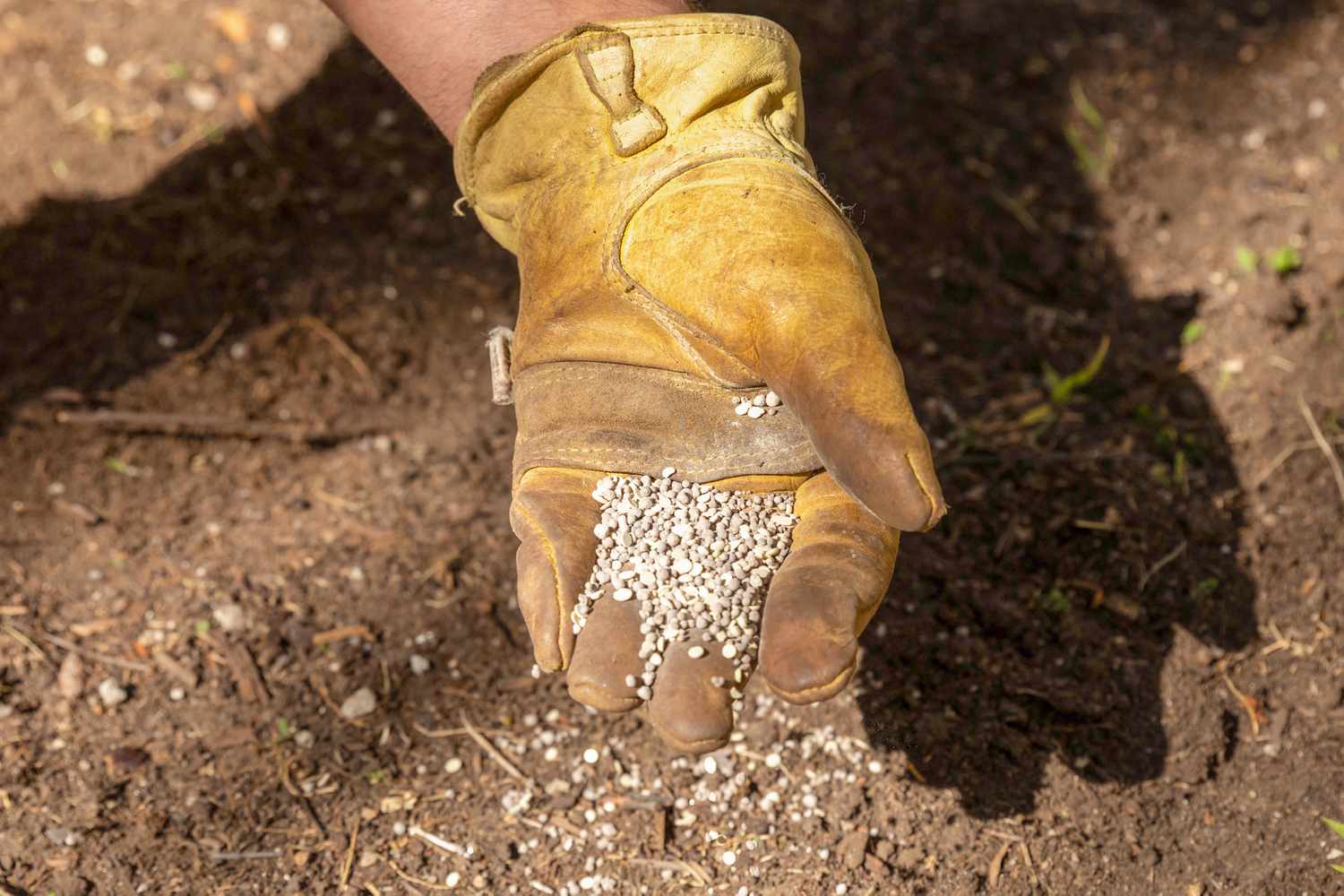
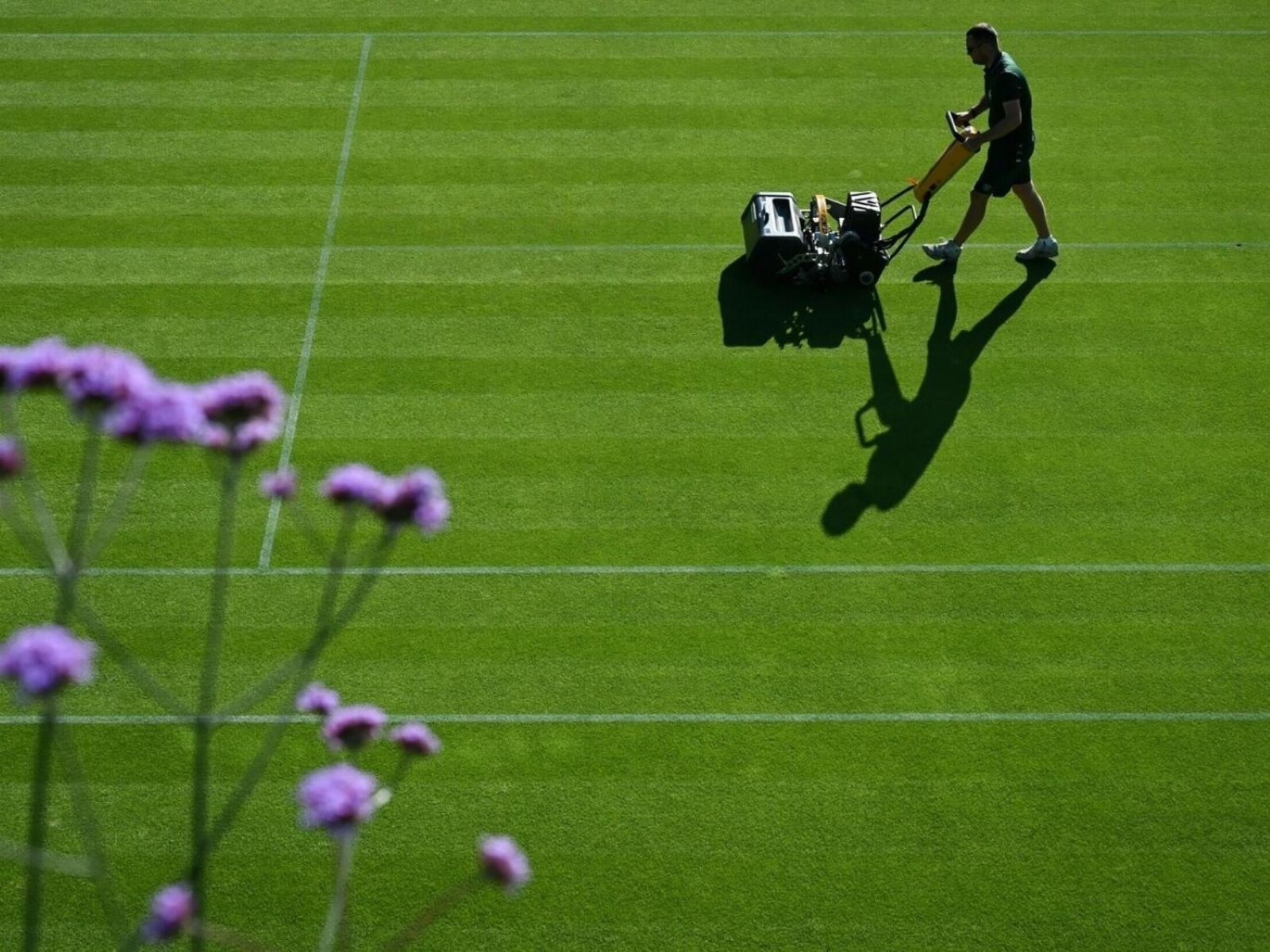
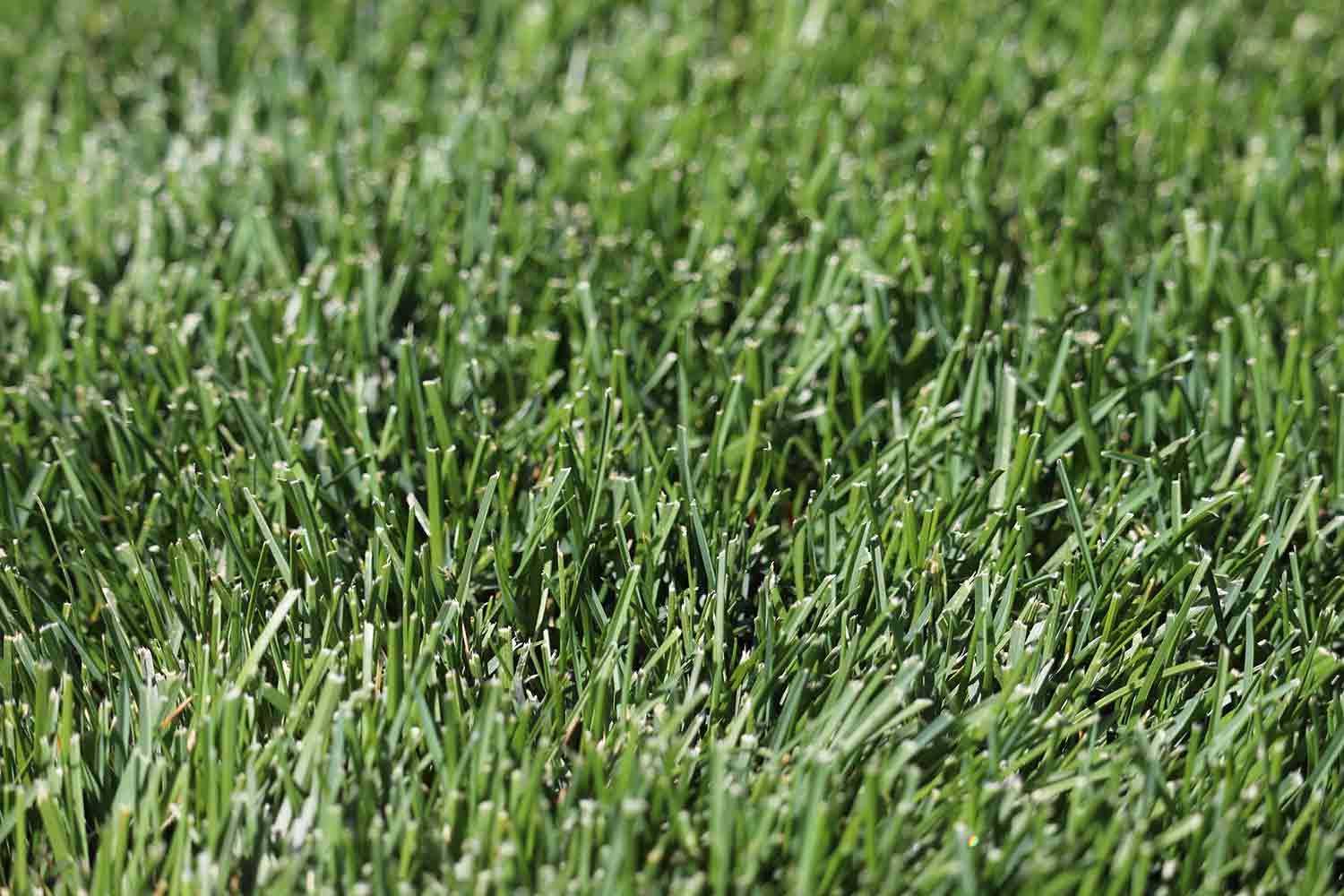
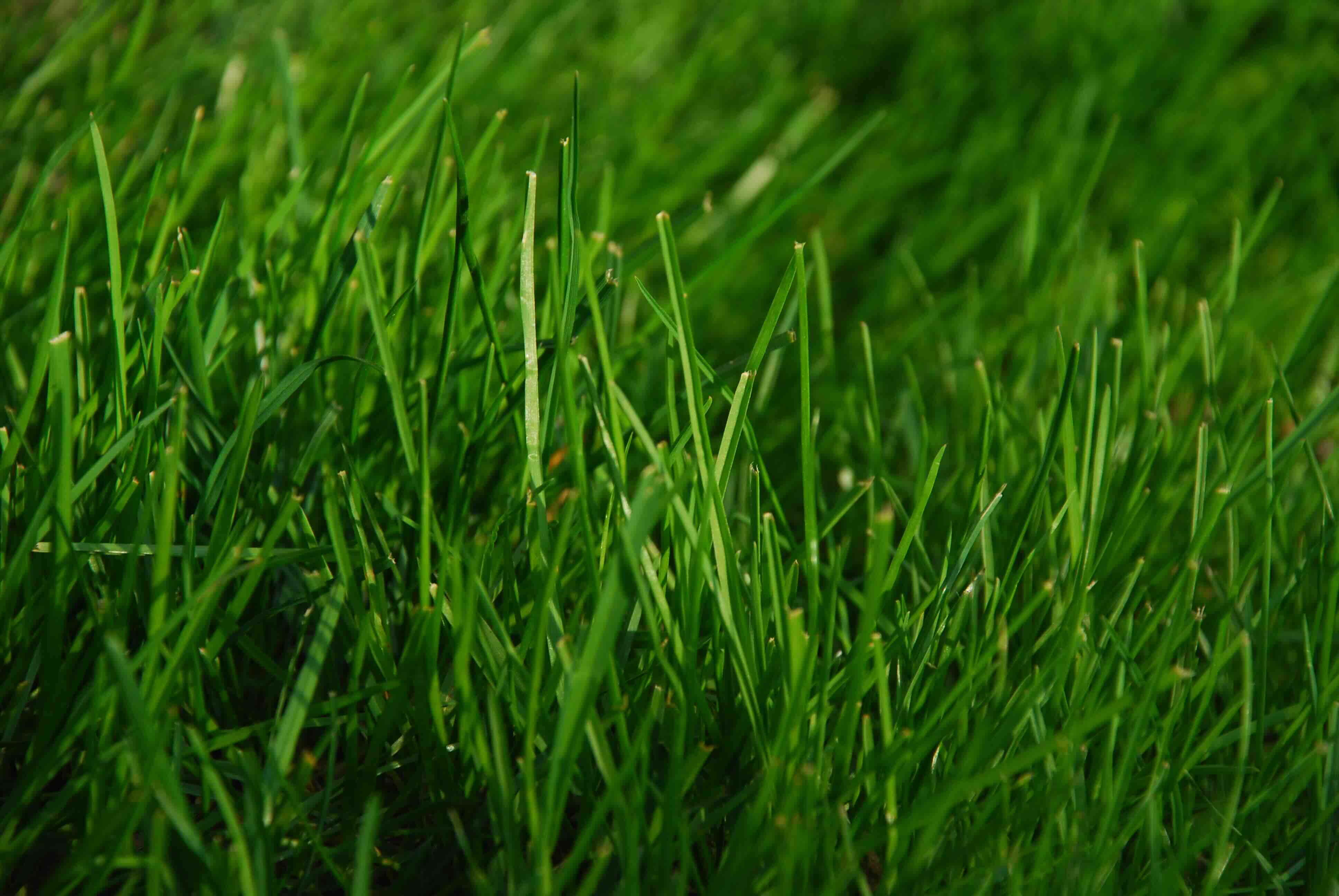
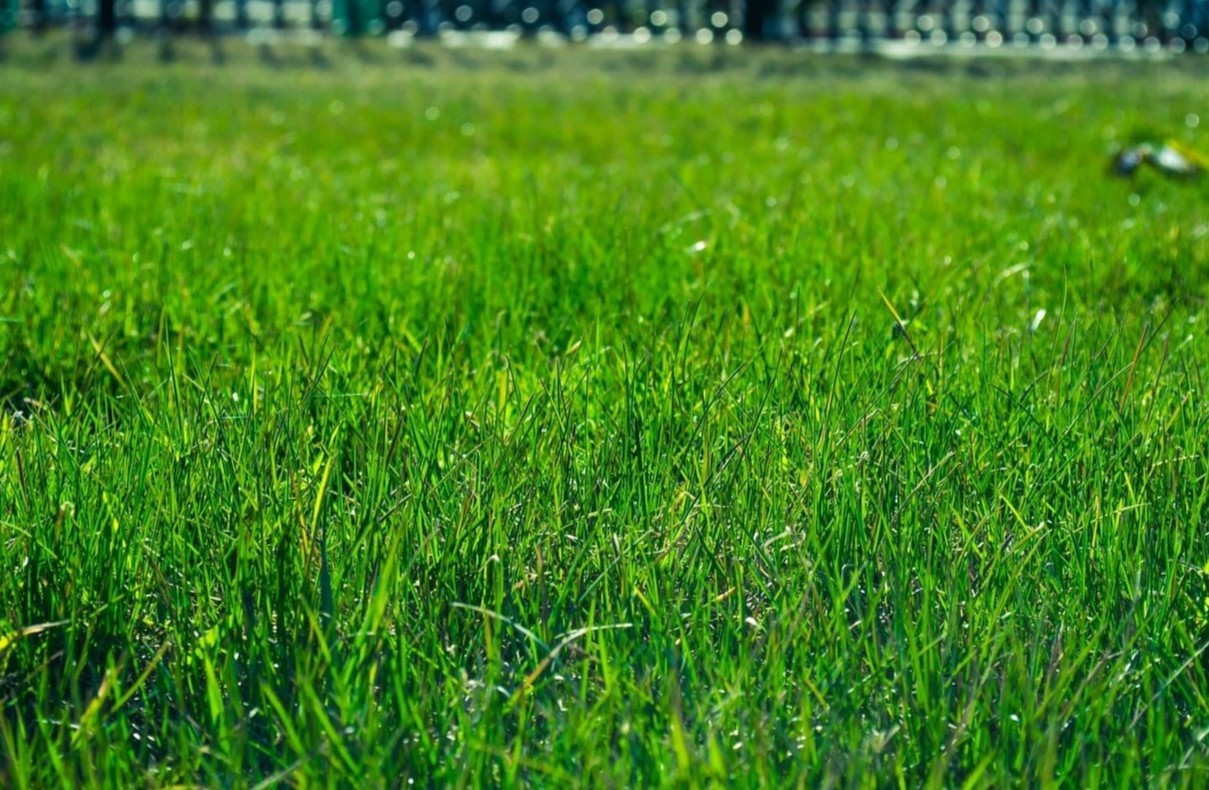
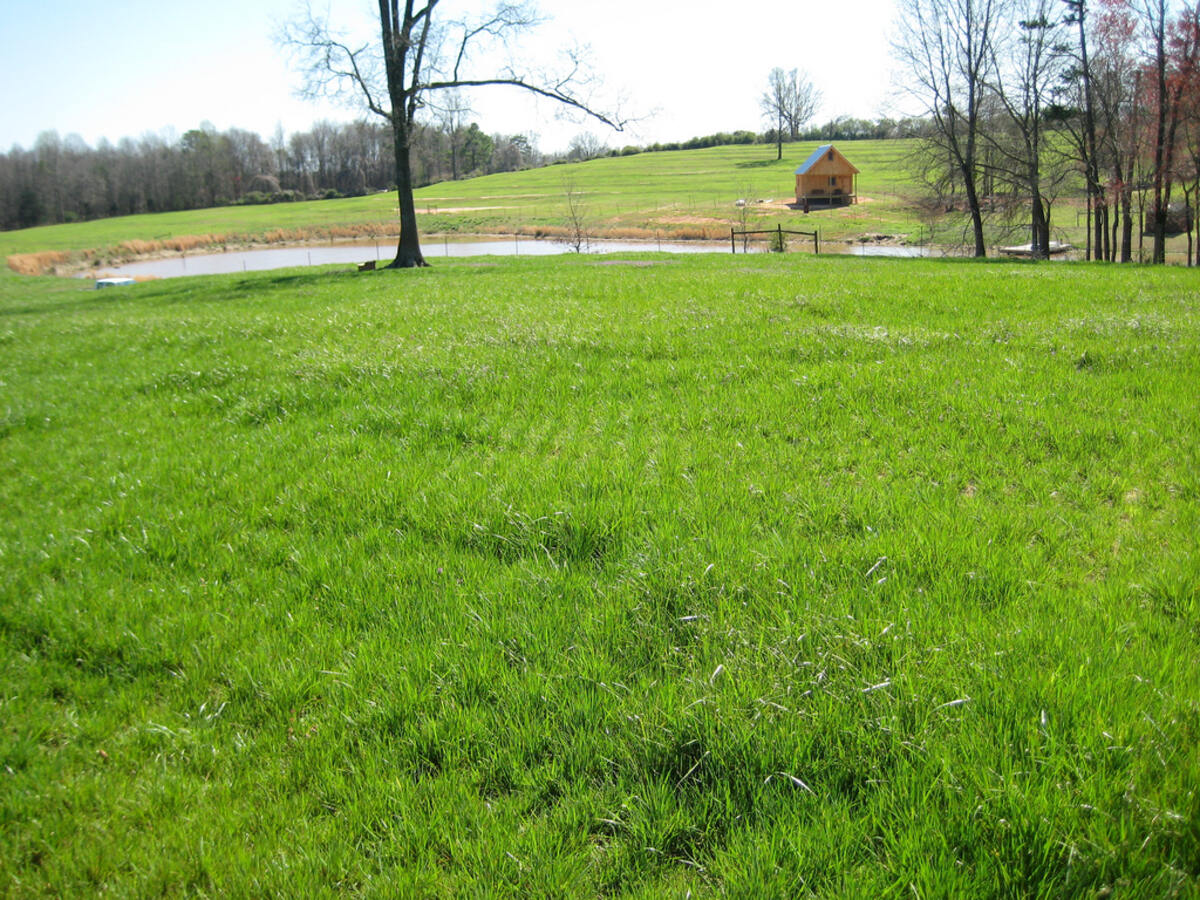
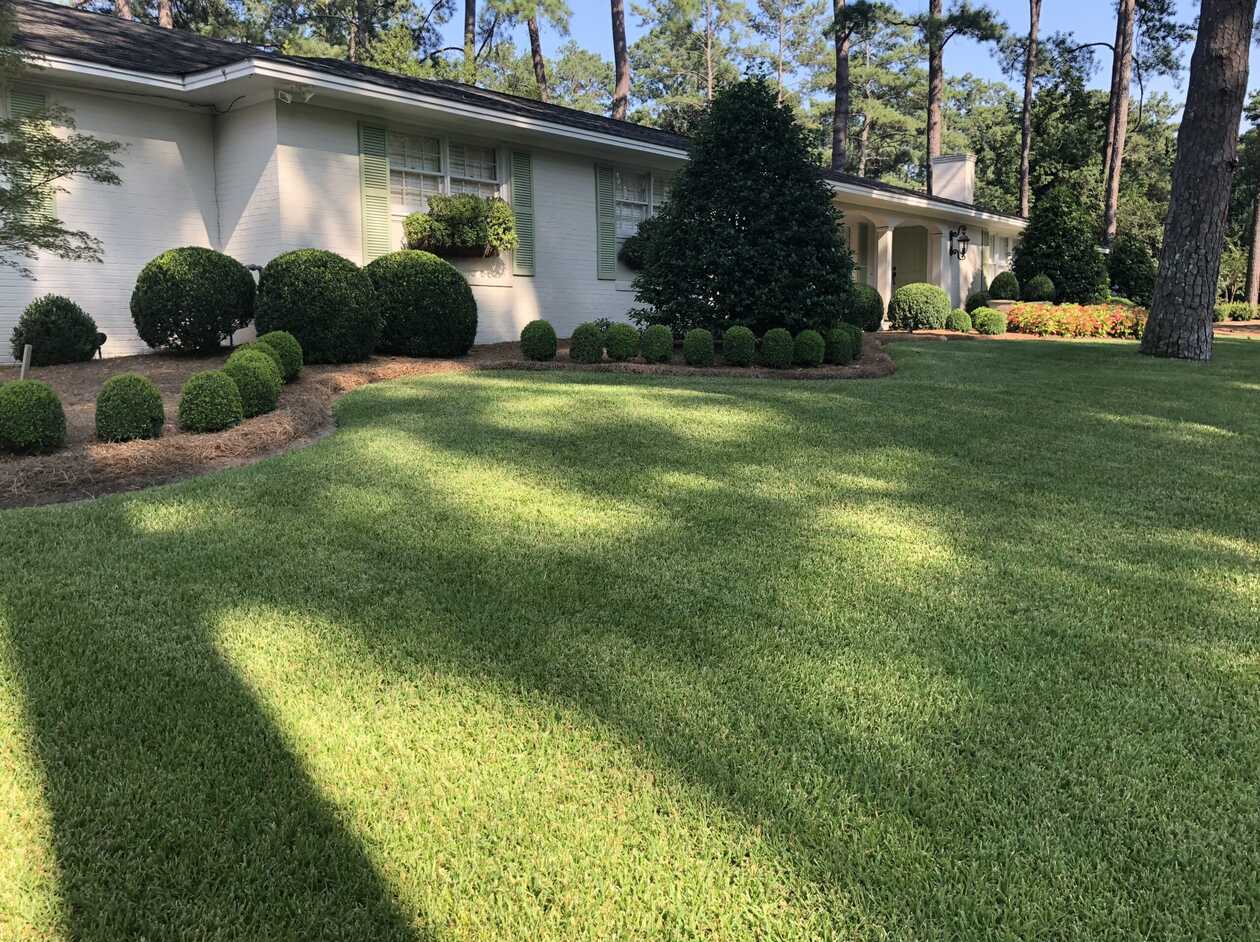
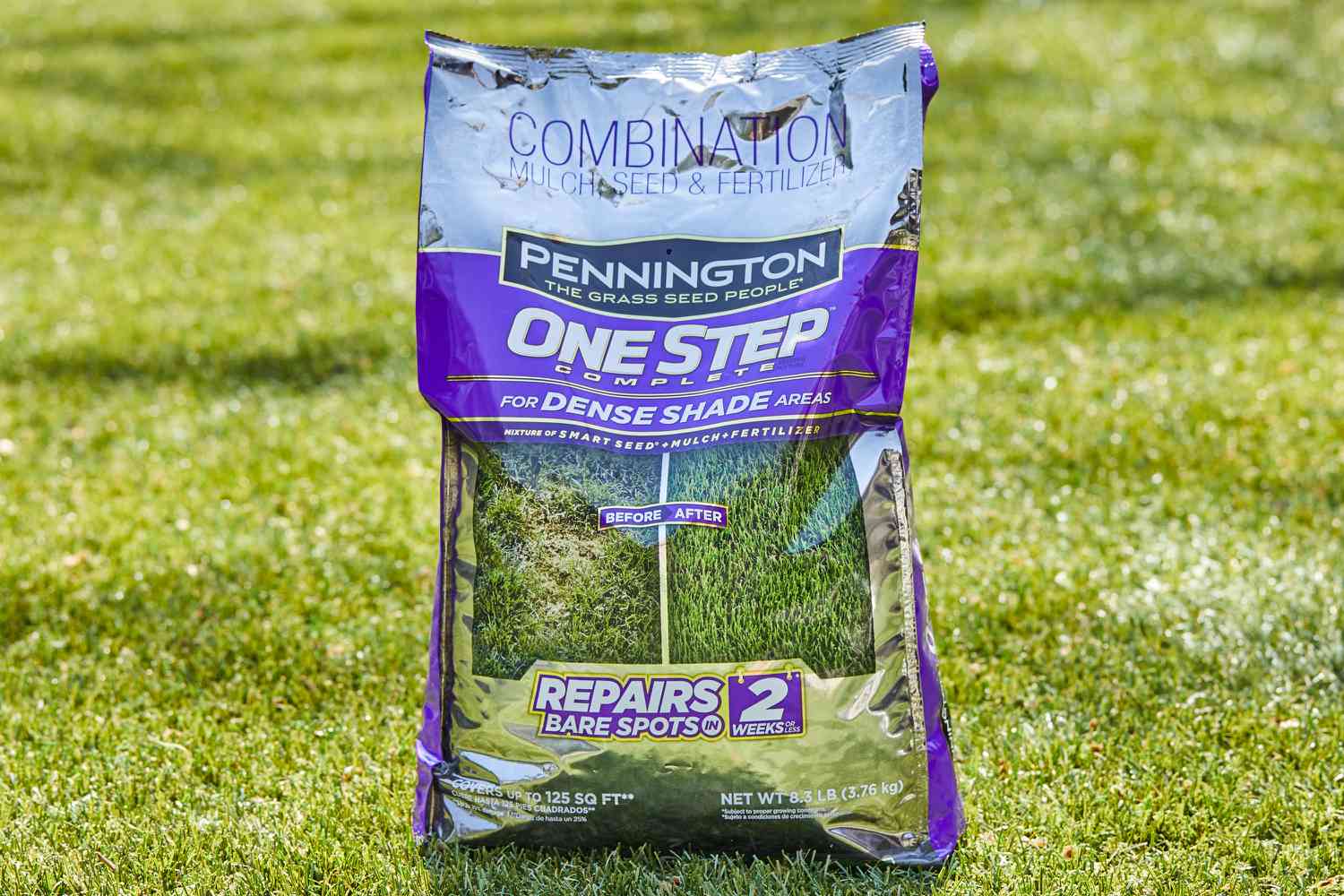
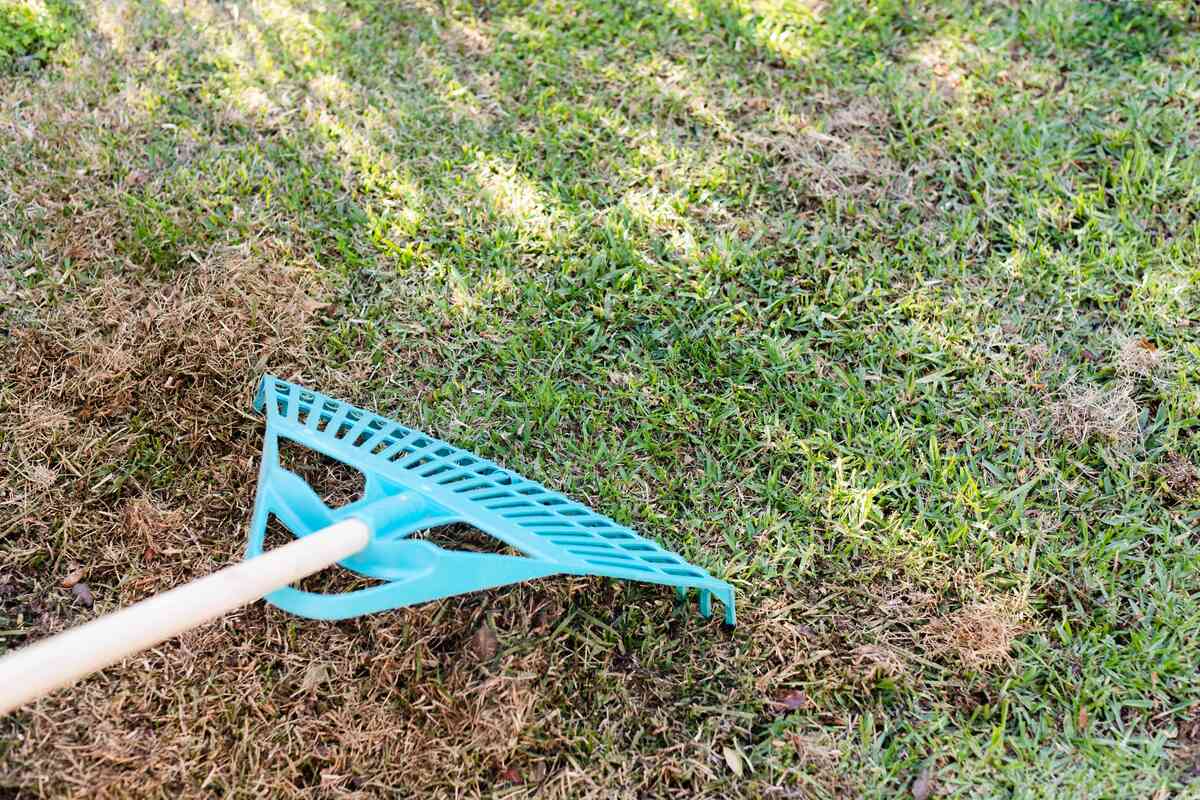

0 thoughts on “What Kind Of Grass Is Carpet Grass”